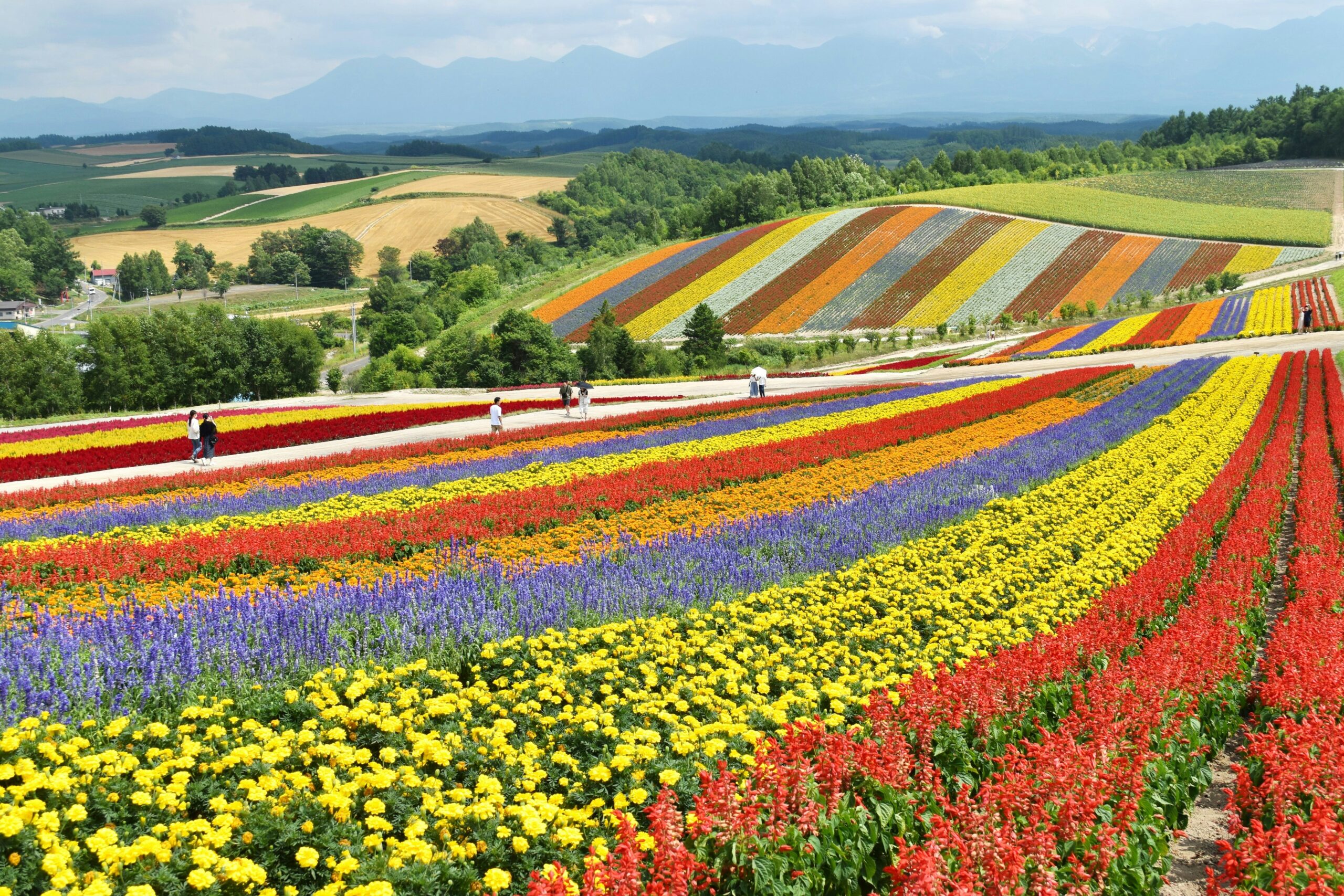One day, after countless weeks of barely catching my breath at work, I paused for a moment.
I’m a marketing manager from Melbourne, now in my third year living in Tokyo. I had grown used to the rhythm of the city, but a quiet sense of something missing had started to linger. That was when a colleague said, “Have you heard of Biei in Hokkaido? It’s like stepping into a painting.”
The words caught my attention. I looked it up.
Biei is a small town in central Hokkaido, southwest of the city of Asahikawa. Rolling hills stretch far into the distance, blanketed by flowers that shift in color with the seasons. Something about those photos stirred something inside me—as if my senses were gently beginning to awaken again.
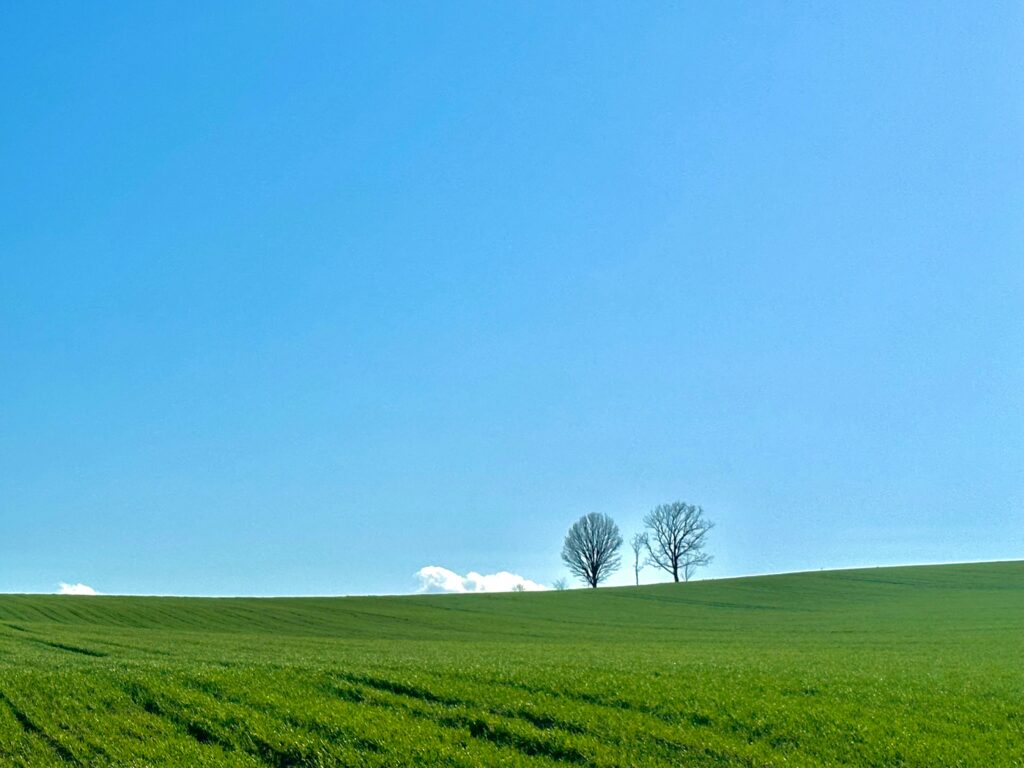
At the end of June, I boarded a series of trains from Sapporo, heading north to Biei. As I stepped off at the station, I was struck by the sky—endlessly high, startlingly clear—and the air that brushed softly against my skin. The town was quiet. A handful of tourists stood by a small bus stop in front of the station, waiting.
I hailed a taxi and made my way to Shikisai-no-Oka, or “Hills of Seasonal Colors.” True to its name, bands of lavender, poppies, marigolds, and salvias stretched across the fields like a painter’s palette. In the distance, the Tokachi mountain range stood, still dusted with traces of snow. As I walked among the gently swaying flowers, I could feel the noise in my mind fading, one thought at a time.

“This whole field was started by a local farmer. Agriculture in Biei is the result of generations of hard work by early pioneers.”
The voice came from a woman nearby, holding a camera. Her name was Chika, a local photographer in her mid-thirties who had recently moved back after years in the city. Her eyes sparkled gently behind long lashes. She wore a light striped shirt, jeans, and a worn leather camera bag slung over her shoulder. There was something steady yet soft in the way she spoke—confident without being forceful.
“Biei,” she continued, “comes from the Ainu language. It means something like ‘oily river,’ probably referring to how beautifully the water reflects the light. Full-scale settlement here began in the Meiji era, and that’s when the landscape you see today began to take shape.”
We sat at the edge of the flower fields, taking in the view as we talked. For the first time, I realized that this was more than just a picturesque destination—it was a living landscape, shaped by generations of human effort.
For lunch, I visited a cozy café housed in a renovated wooden farmhouse. Outside, a small sign swayed in the breeze, and past the ivy-covered door, the scent of wood and soft piano music greeted me. I ordered soup curry, a popular Hokkaido dish—large chunks of potato, carrot, and pumpkin soaking in a lightly spiced broth. The taste was warm, gentle, and quietly grounding.
In the afternoon, I headed to Aoi-ike, the Blue Pond. Its name was no exaggeration—the water was an astonishing, translucent blue. Pale birch trees stood silently in the shallows, and when the wind stilled, the surface mirrored the sky like glass.
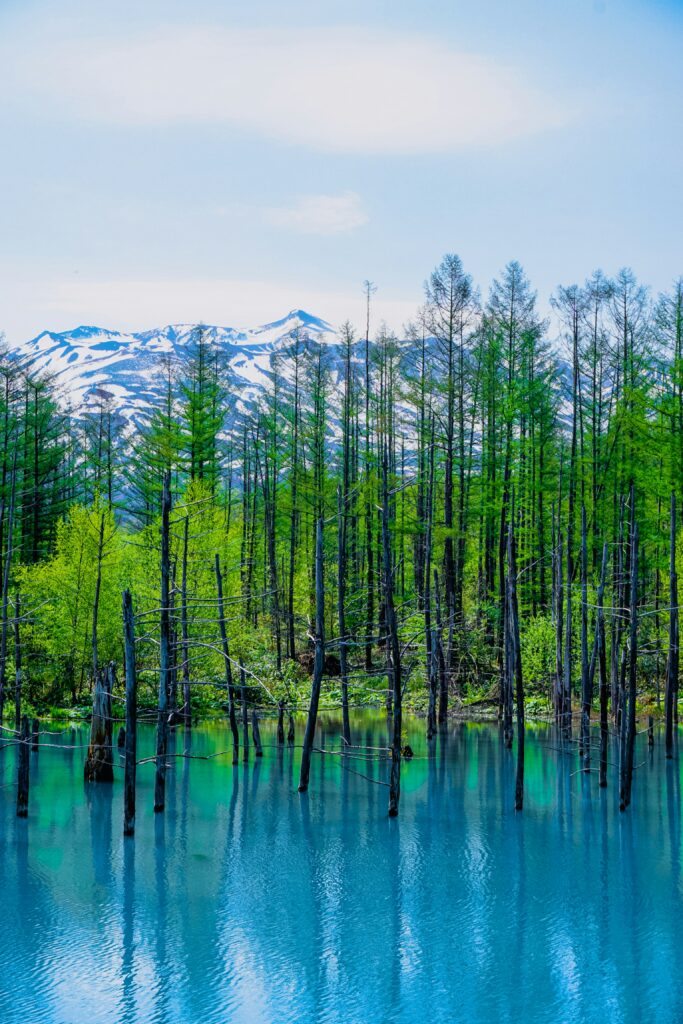
I learned that the pond had formed as a result of an artificial dam, built to prevent volcanic mudslides. This accidental beauty made me reflect on how nature and human intervention often intertwine in unexpected ways.

The next morning, I rented a bicycle and explored the outskirts of Biei, along a route known as the Patchwork Road. The farmland unfolded like layers of stitched fabric—green potato fields, golden wheat, silver rye—each color rolling gently over the hills. I stopped at a small bakery and ordered a cream puff made with local milk and eggs. Its crisp shell gave way to a rich, silky custard. I ate it on a bench by the window, watching the flower fields sway in the breeze. That flavor, in its quiet simplicity, remains with me still.
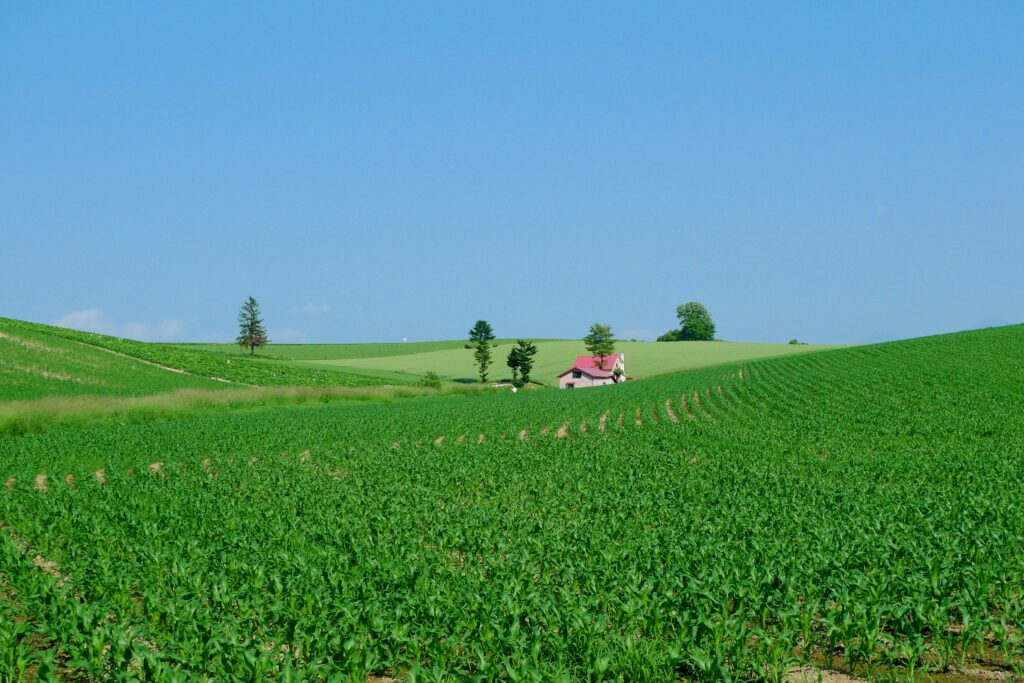
On my last day, Chika invited me to a small local event. A group of young people had gathered to help tend a nearby field and share a BBQ meal.
“I think growing up here made me want to give something back,” she said. “When I lived in Tokyo, I was always focused on what I could gain. But here, it’s different.”
As we sat around the fire, each word shared with the locals seemed to sink deep into my heart. Their smiles, the colors of the flowers, the rustle of the wind—each one gently brought back a part of me I hadn’t realized I’d lost.
On the flight back to Tokyo, I gazed quietly out the window. Biei had faded beneath the clouds, but the colors remained vividly within me.
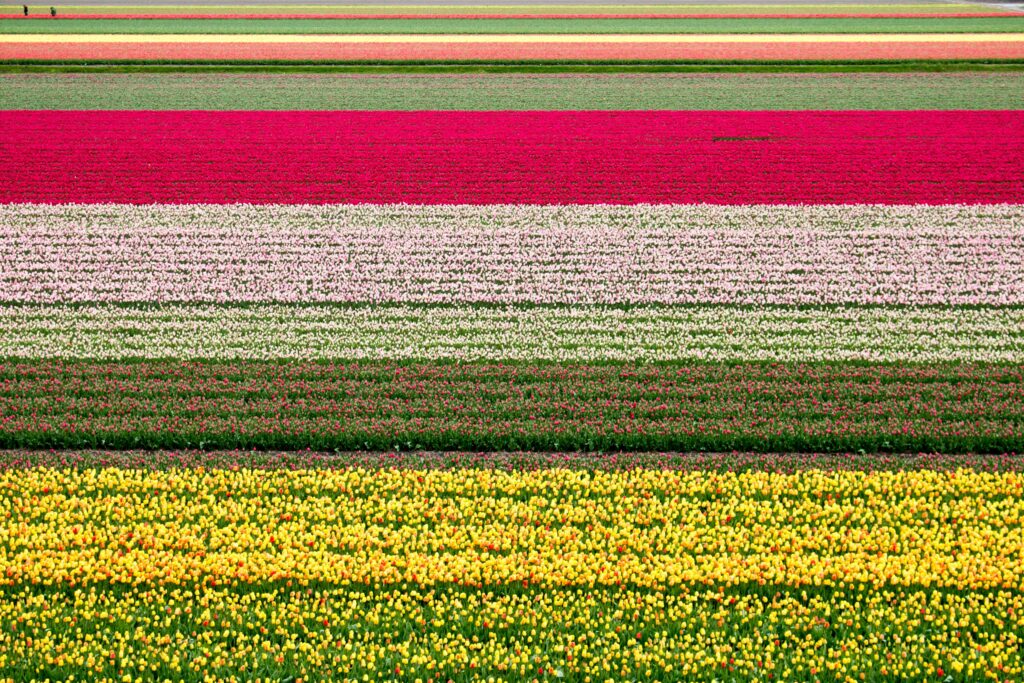
This journey taught me that beauty is not just what you see. It lives in human connection, in the changing seasons, in moments of encounter and farewell. It lives in the spaces we make to notice these things—spaces I had been missing in myself.
The colors that stretched across the hills of Biei quietly repainted not just the landscape—but something within me.
Something New Travel

